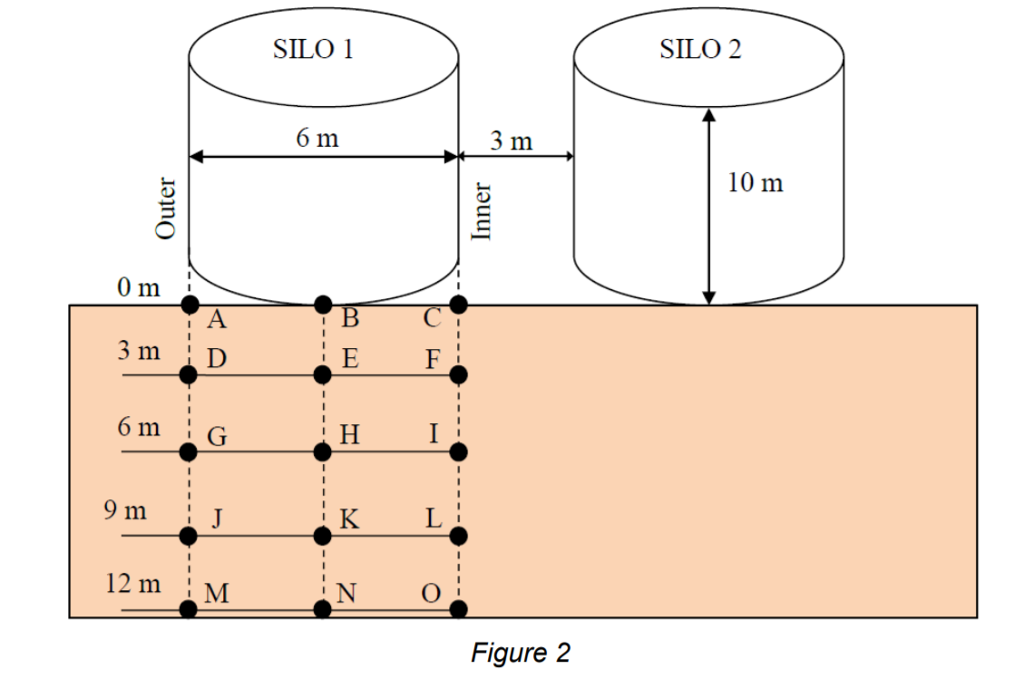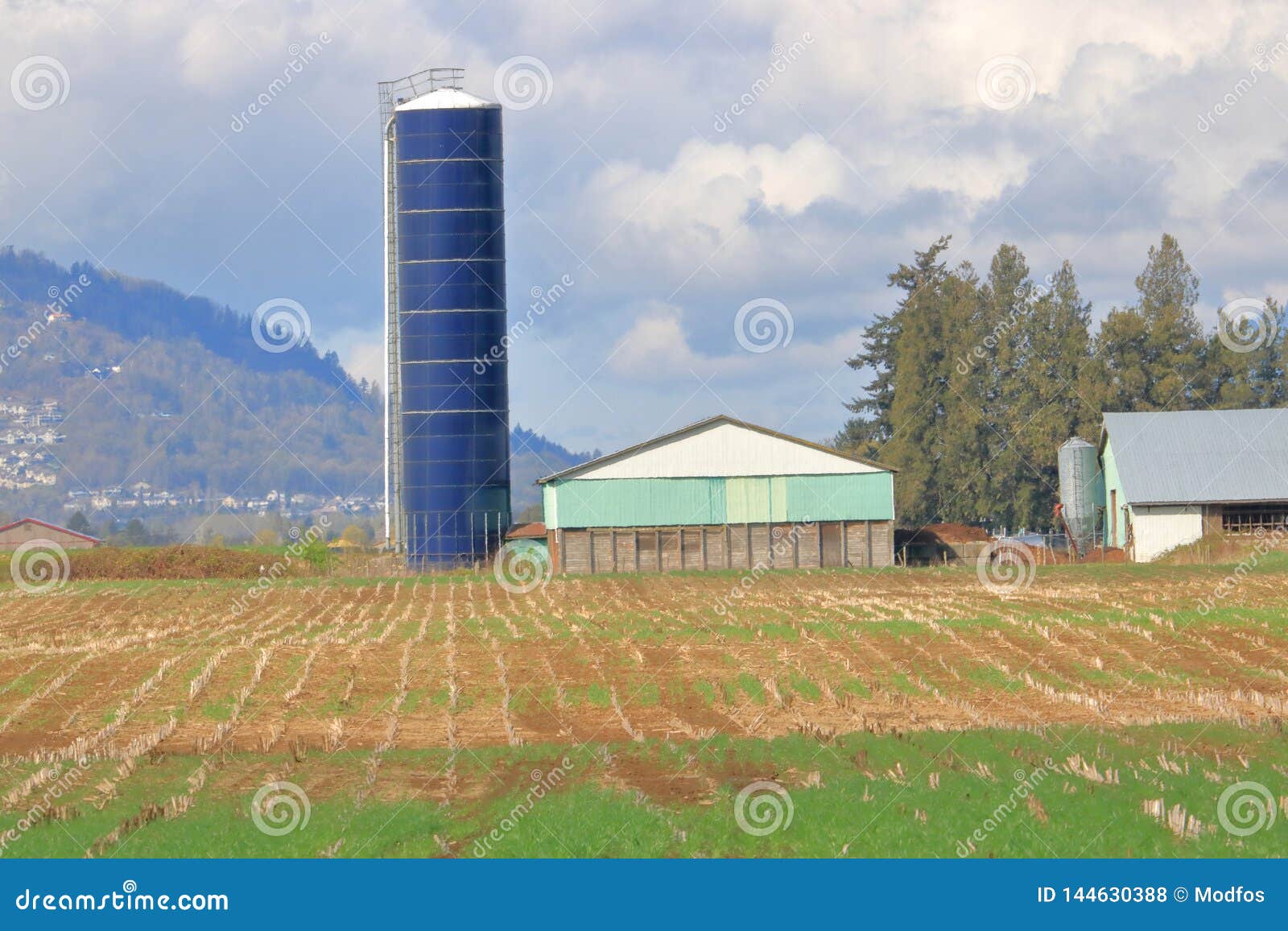
The actual peak height will be more than the average depth due to pile rounding. (Volume/day) ÷ (Daily Removal Rate) = Area (sq ft) Divide the volume removed (Step 2) by the removal rate (Step 3).Establish a daily removal rate from the face of the pile.This is the volume of silage removed from the pile each day. In our example, 3,000 lbs divided by 40 lbs/ft 3 = 75 ft 3. Determine the number of pounds of silage that will be fed from the pile each day.To properly size the pile, follow this step-by-step procedure: A lesser amount may be removed if the silage pile is fed from during winter months. This helps to minimize spoilage due to exposure to air. Size the pile so that you remove at least six inches of silage from the face of the pile each day. The next best alternative is to construct a macadam surface (see Extension Bulletin A3405, Macadam All-Weather Surfaces for Livestock Yards, Building Floors and Driveways). If possible, build a pile on an existing concrete slab.

If you wait until the ground is frozen before feeding from the pile, remember that the ground under the pile will not freeze and may become a problem. Rain and silage seepage can make pile access difficult on unimproved ground. An improved surface will allow all-weather access to the pile. This equipment often causes ruts and mud holes on unprepared sites. Inspect the plastic cover frequently, and immediately repair any holes or cuts to minimize spoilage losses.Įquipment traffic needed to feed out the pile is high. Keep weeds and grass cut around the pile to reduce damage from wild animals. Locate a silage pile away from woods, trash piles and other possible shelters. Rodents, squirrels, and other small animals will gnaw holes in the plastic to seek food and shelter. Animals can damage the plastic cover, exposing the silage to air and causing spoilage. If you ignore space requirements before construction, you may find it impossible to properly build and compact the pile.įence livestock away from the silage pile. Refill the silo when the weather is cool and fill as rapidly as possible.ĭon’t underestimate the space necessary to move equipment on and around the silage pile. For quickest refilling, site the pile so that you can efficiently move the silage to the tower silo. Refilling a tower silo from a pile is an option for feeding systems that are not equipped to handle silage from a pile. While a fidget or electric-wire may be used to feed off the pile, we don’t recommend self-feeding directly from the pile due to excessive feeding losses. Consider how you will move the silage to the cattle, and what feedback or feeding system modifications or additions you’ll need. Locate the pile as close to the feeding system or bunk as possible. Don’t locate a pile where snow drift might restrict access. This distance may increase on more permeable soils (sand, for example), or with shallow well depth.Ĭonsider snow drift patterns at the selected site. The pile should be at least 100 feet away and downslope from the well. Locate the pile away from existing wells to minimize contamination danger from seepage. Don’t locate the pile in a low area that may become inaccessible due to mud or ponded water. Select an elevated location that allows rain and snow melt to drain away from, rather than toward the pile. Site Locationīefore you begin, consider these location variables:

The following step-by-step technique produces an inexpensive and efficient short-term storage option that can limit dry matter losses to 15 to 25 percent. This level of spoilage is unacceptable and unnecessary.

To ensure proper packing, you will need a large-wheel tractor. Without proper packing, spoilage can exceed 30 percent of the ensiled dry matter. Excluding oxygen is essential to produce good fermentation and well preserved silage. Packing forces air and oxygen from the silage. Silage exposed to oxygen deteriorates rapidly. This piling method misses the most important step – PACKING. Typically, a pile is constructed by unloading silage into an elevator and piling up the silage, much as a quarry piles sand or gravel. This fact sheet provides management tips to enable farmers to properly locate, make, and manage a silage pile for short-term silage storage.įarmers have been making silage pile for years, but some methods have allowed huge storage losses.


 0 kommentar(er)
0 kommentar(er)
